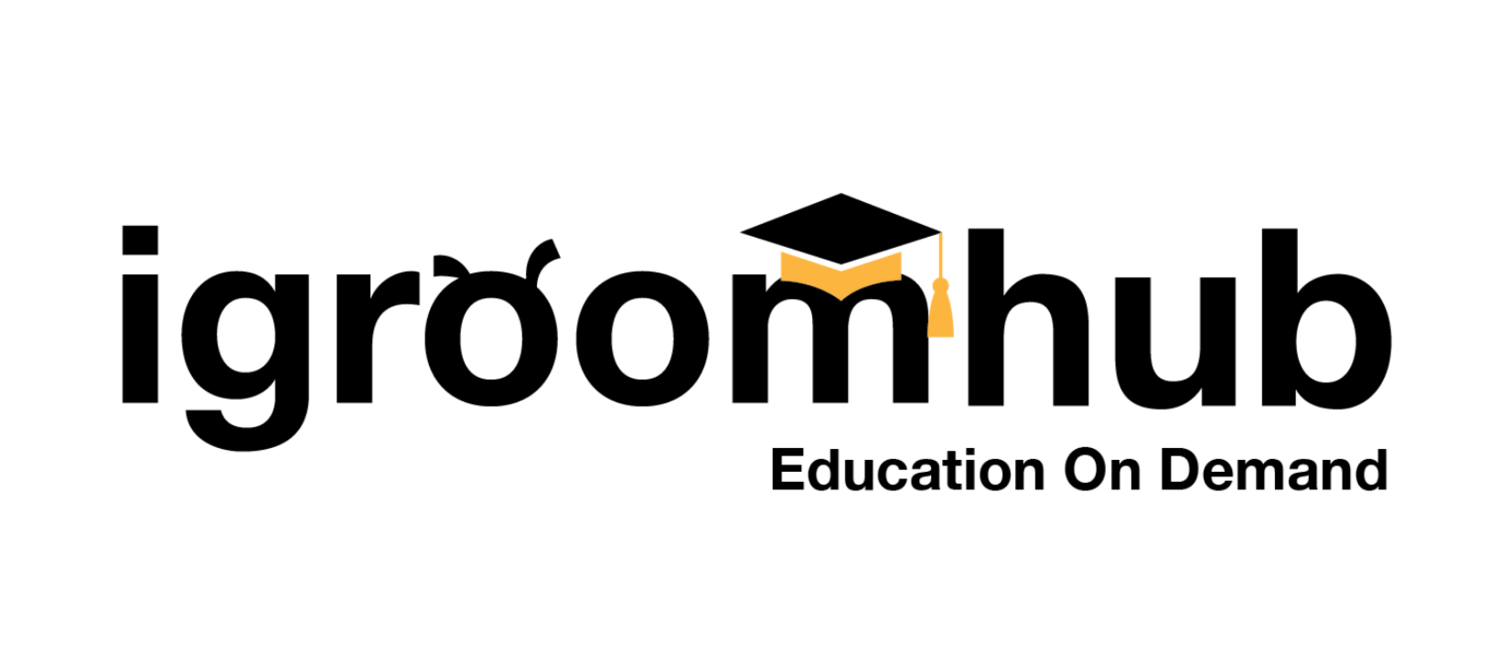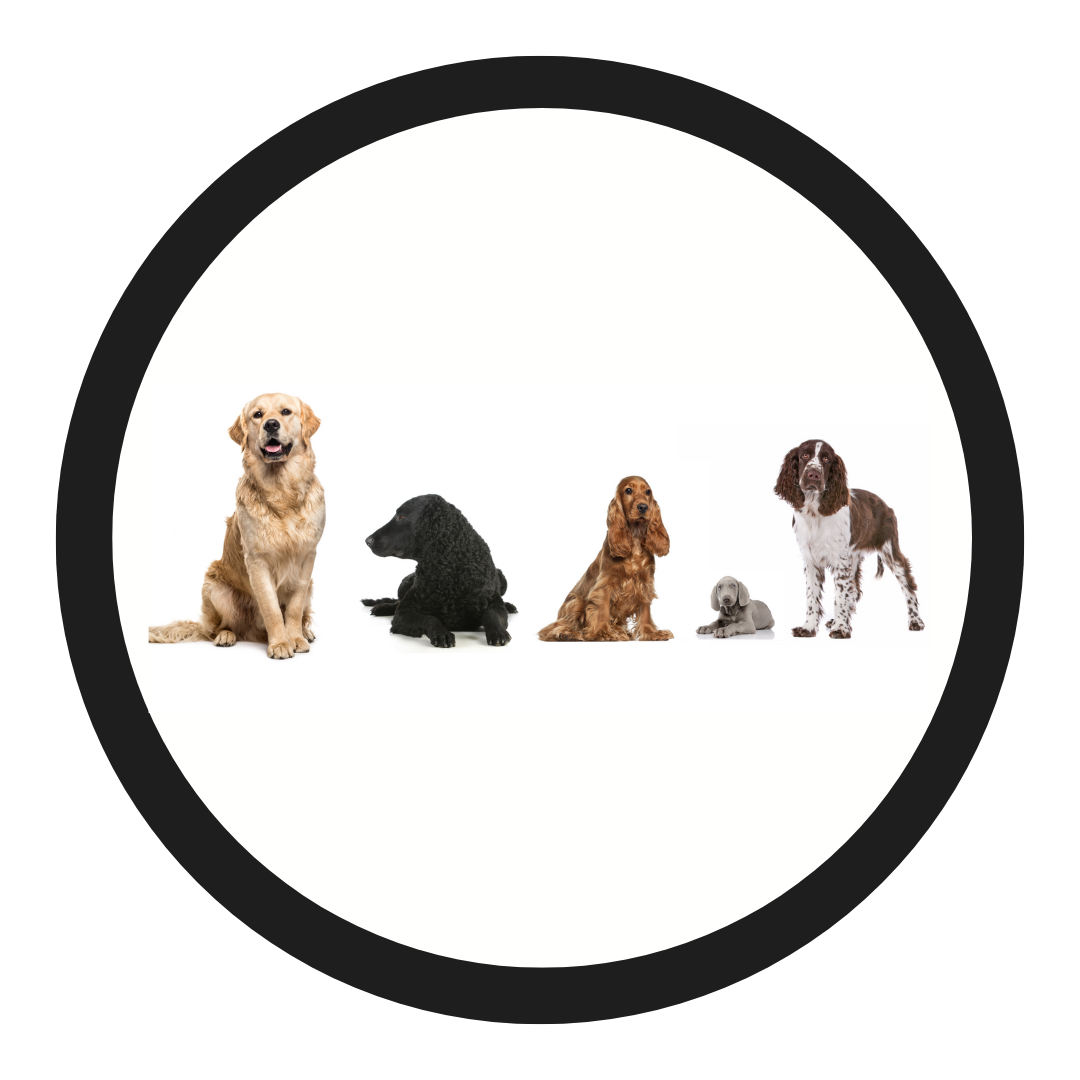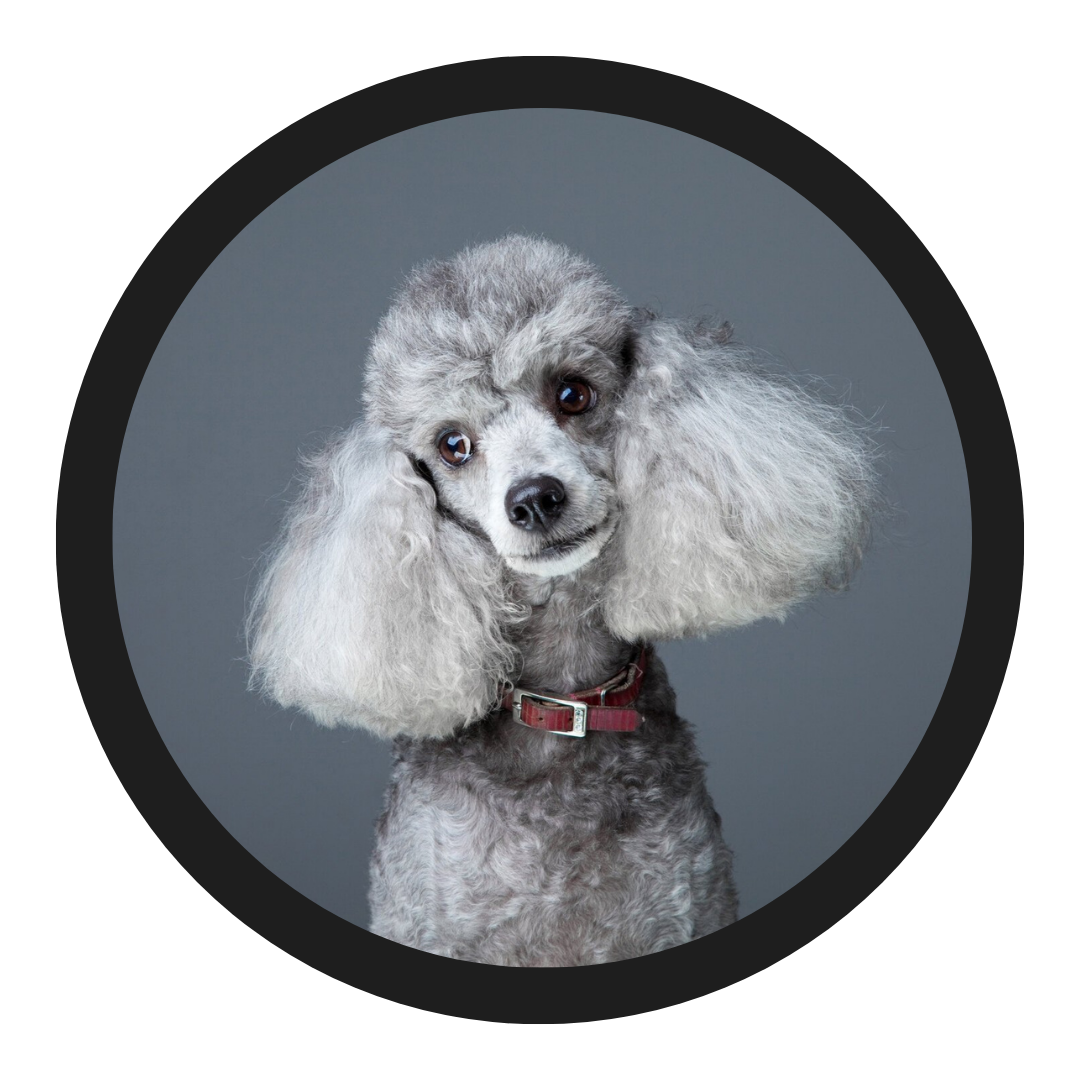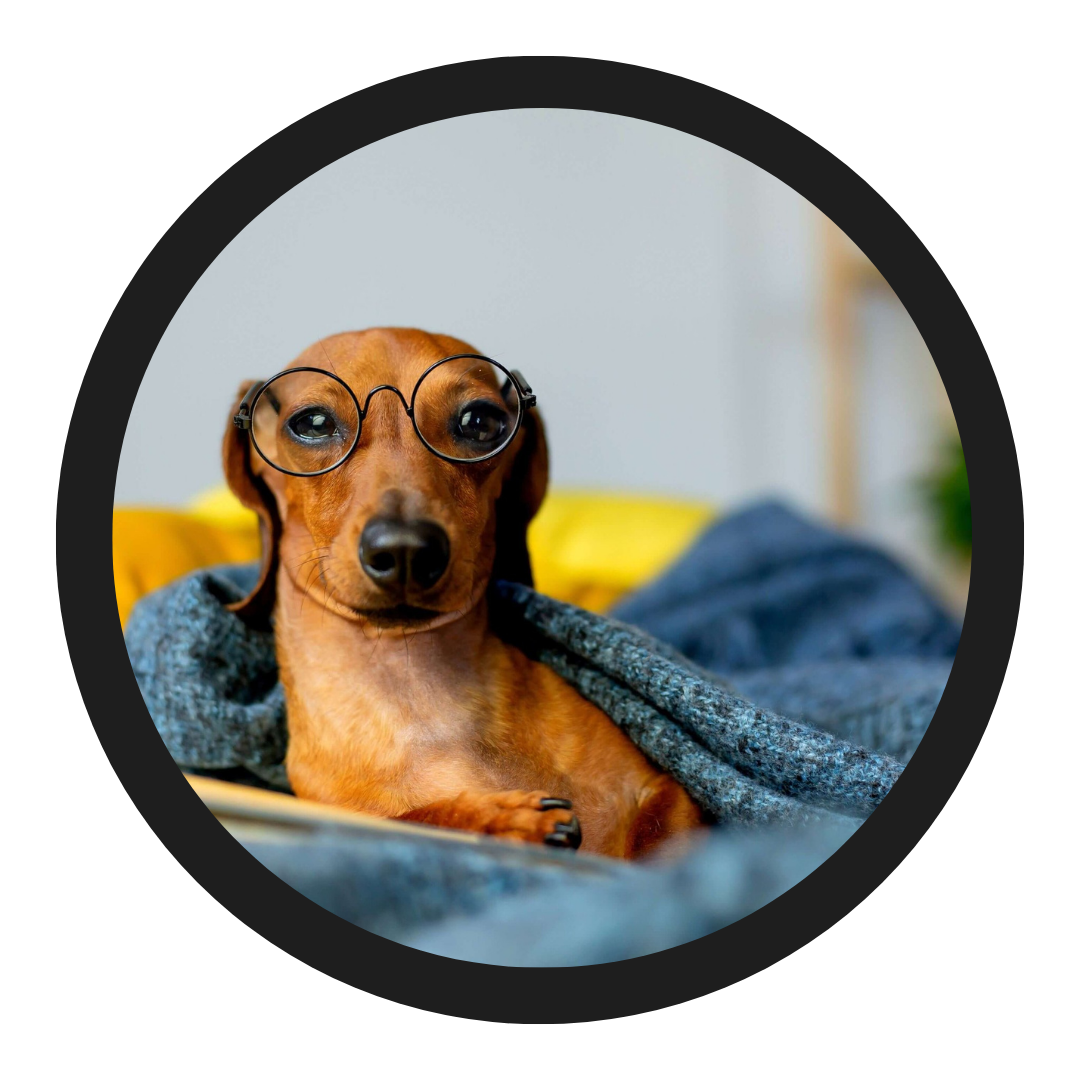ADVANCED GROOMING TUTORIALS
Irish Setter
The Irish Setter is the most “fired up” and racy of the setter breeds. With their deep mahogany coat you must be careful when trimming as colour change can happen easily with the wrong kind of trimming and this is to be avoided at all costs. It is important to know the Irish Setter Standard and have an ideal image of them in your head before you attempt showing or trimming your setter.
Equipment Used
Chris Christensen Ionic Large brush
Chris Christensen Thinning shears
Chris Christensen Pro Knife Coarse stripping knife
Chris Christensen Pro Knife Medium stripping knife
Chris Christensen #000 Fine/CoarseComb
Chris Christensen Artisan Series 5-inch Straight Shears
Chris Christensen Artisan Series 6.5-inch Thinner
Chris Christensen Medium size ‘Big G’ slicker
Wahl brand clippers with the 5-in-1 fine adjustable blade
Pumice-type stripping stone
Getting Started on Clipper Work
Using a 10 or 15 blade or the Wahl fine 5-in-1 adjustable blade on the middle setting.
Ideally, we’ll do the clipper work 2-3 days before the show depending on the thickness of your dog’s coat and how fast their hair grows.
Start under the chin and clip down the throat. Continue all the way under the chin and up and around the jaw line.
When clipping down the neck, stop where the neck starts to naturally curve into the chest. This prevents your dog from looking “goose necked”.
** Pro tip** For many years we were told to stop clipping down the neck two or three fingers above the breast bone. This is simply not true. To give your dog a more pleasing and anatomically correct look, you should stop just above where the neck curves into the body. If this point IS two or three fingers above the breast bone on your dog, this is simply a fluke and not to be used as a guide the for the next dog that you trim.
Clipping into the side of the neck we also buck tradition. Instead of clipping only to the natural ‘cowlick’ that runs down the side of the neck, start where the cowlick meets under the ear and clip right OVER the cow lick making a new line. This new line will be about half a clipper blade width from the original line. You will notice that on this new line, the hair is very short as you were clipping off hair that grew in many different directions. This is one of the reasons why we recommend you do your clipper work 2-3 days before the show so that this has time to fill in and look more natural.
Once the clipper work on the neck is done, you can set your clippers on a longer setting and clip off the whiskers. Once this is done, go back to the shorter setting and be sure to clip the hair out of the bottom lip line, including in the bottom lip fold, making this very neat and tidy. This is an area most often over looked.
Clipping the Ear
Clipping the ear is done with the Wahl blade on the middle setting. For Setters, we like to see the front part of the ear help to frame the face. For that reason, the hair on the very front flap of the ear, from the top of the ear at the skull, is left ON. The rest of the ear, from where the ear meets the skull to about 25% or 30% of the way down the ear, is clipped.
Remember to always lift the ear and clip the underside of the ear, but never the neck under the ear. The fringe is always left on with setters, unlike spaniels where the fringe is clipped off to leave a cleaner look.
Clipper Work Summary of the Head
When you have completed clipping the head, you should have the ear clipped about 25-30% down from the skull. Leave the fringe at the front of the ear and make sure the back and underneath the ear is clipped neat and tidy.
You should see the jaw line and under jaw clearly defined. The jaw line should continue to under the front of the ear.
The front of the neck should be clipped neatly down to just above where the neck curves into the chest, avoiding the ‘stove pipe’ look.
Prepping the Feet with clippers
With the Wahl clipper on the middle setting you are now ready to clip the feet. On a Setter we only clip out between the pads. Trimming the rest of the foot is done with scissors.
Clip all the hair from under the foot with clippers. Clip out the hair from between the toes as carefully as you can. Clipping out this hair is more sanitary for your dog. It helps the foot keep its nice tight shape.
Having the hair clipped out also helps in the show ring as the hair is not picking up other hair and debris that may be in the ring. As well, when we stand our Setters on a wet towel before we show them (so that they have better traction in the ring), the pads of the feet can absorb more water without this hair.
The Look We Are Aiming For
We need to keep our end goal in mind, and what look we are wishing to achieve before we can properly trim our dog. Irish Setters are longer backed than they are tall. Their rib cages are longer than their loins. These are important factors to remember when you go to hand strip their jackets.
When looking at a Setter outline, we want our eye to start at the nose and travel down to the back of the back foot. We want a long, elegant, very well balanced animal. This is different from Spaniels where you want your eye to be drawn to the middle of the dog. With Setters you want your eye drawn all the way along the length of the animal.
Using the Pumice or Stripping Stone
Using the pumice stone, we always start at the front of the dog near the withers and work our way back. We use the stone to rake or card the undercoat out of the Setter. We don’t use it like sand paper.
You can also use the stone to pull or strip the hair as well. The advantage to using the stone versus the knife is that it is much more forgiving. The stone, being porous and somewhat brittle, will not cut hair that is too hard to pull out like a knife will. This makes the stripping almost foolproof when using a stone.
Do not be afraid to use the pumice stone. When used as a knife with your thumb it is an effective and useful tool. You also must remember that not all stones are created equal. Some are more porous and break apart more easily while some are more dense and will pull a little less hair with each pull. Typically, the softer, more porous stones grab more hair and are therefore easier to use. It is, however, a personal preference.
Technique
When using a stone like a stripping knife, we still use our thumb and the stone in the same manner. After raking out the under coat you then go over the entire top coat, topping off the longer straggly pieces using the stripping method. We call this “topping off” the topcoat.
Before you start your final trimming, or even before you do your final bath before the dog show, it is important to have the top coat completely devoid of dead coat by raking and then topping off the topcoat.
Finishing the Topcoat
Now, using your bristle brush, firmly brush the coat in the direction you want it to grow removing excess dead hair, dander and stone debris.
The Front End
The Front
Start trimming the front of the dog at the side of the neck (where you created the new line by clipping off the cowlick that runs down the side of the neck).
Lifting the ear, start at the bottom of the shaved line and, with your thinning shears pointing upwards, trim off the hair that overlaps the new clipper line. Follow the line straight up to the bottom of the ear using the overlapping hair as a guide. Stop when you are at the bottom of the ear (where the ear meets the skull). Make sure to go over this line several times until you have the line neat and clean, with no overlapping hairs.
Raking the Side of the Neck
Now you are ready to rake out and finish the sides of the neck. Using a coarse knife you will follow the direction of the hair and rake out all the under coat and dead hair from the sides of the neck. Again, you will go over this area several times to get the hair on the side of the neck laying flat and tight to the neck.
As you rake down the sides of the neck, be sure to also rake into the shoulder so that you are blending the neck into the shoulder with no noticeable break or line between the two.
The Shoulder
Using the pumice stone as a knife (with your thumb) start pulling or “stripping” the hair off the front of the shoulder to show off the layback of shoulder. Remember the neck and shoulder should blend together.
Creating Angulation in the Shoulder
While grooming the front of our Setters, we are going to follow the shoulder layback and return of upper arm with our stripping and trimming. This will allow us to see the angulation in the front of our dog when viewed from the side.
Top of the Front Leg
The hair that grows on the front side of the front leg is often fuzzy and a lighter color than the rest of your Setter. It is also distracting, messy, and interferes with the nice clean look of the shoulder angulation we like to see. Usually, hair left here also makes our Setters look like they have their fronts set too far forward. The hair here can be stripped with the coarse knife and the pumice stone to get the desired look.
Be sure to hold back the furnishings of the front leg out of the way. You eventually only want to see the bone and then the furnishings - so you must be careful to strip off only the “fuzz” and not the furnishings as well.
Elbow in Relation to the Chest
When we are stripping the front leg, we want the elbow to appear as high as possible. The higher we make the elbow look, the further under the dog it looks. The further under the dog the elbow looks, the deeper the chest looks. Your eye is drawn naturally from the front of the chest under the dog to the elbow.
Technique
Remember to always pull the hair back in the direction that you want it to grow. The way you pull the hair is the direction it will eventually start to grow. Start training the hair now!
Barber Shop Technique
Shorten the hair on the sides of the shoulder and neck where they make the transition. There is often a “shawl” of thicker hair here. The best way to do this is to use your comb to lift the hair and use the thinning shears where the hair comes over the comb to shorten this area evenly.
**Pro Tip** Again, an older technique was often taught where the groomer was to go in under the coat and take out the bulk of the hair. While this did thin the hair and provide a quick fix, it also created problems later on. When the hair grew back in, the coat would be at different lengths, creating both holes in the coat and lumps of hair that were harder to manage than the original hair that was too long. Using the “barber” technique you can see the coat that you are cutting at all times (while using the original technique, you are going in blind).
Blending the Shoulder
Continue shortening the hair in this manner along the shoulder and up into the neck as well. Every two times you cut hair, stop and brush the coat in the direction you want it to grow with your bristle brush. This way you can see your progress and it helps to prevent you from trimming the hair too short.
Top of the Elbow
With your non-grooming hand, turn the elbow out away from the dog’s body. Using the stone like a knife, pull the hairs that would stick our from your dog’s body. You want the elbow to appear closely knit into the chest. Often the dog’s elbows are fine but it is simply the hair that is creating the illusion that the dogs are “out at the elbow.”
**Pro Tip** Coats or “hair” on sporting dogs is not the same as the coat on a terrier. This is why a knife is often too much for a sporting dog coat - it is meant for the much tougher and coarser terrier coat. The softer, less dense sporting coat often breaks with the use of a knife. This will create a myriad of problems, especially as the broken or cut hair begins to grow out.
The knife will often “fray” the end of a sporting dog coat while the terrier coat can easily withstand that type of pulling with no consequences.
The Head
When viewed from the side, the profile of an Irish Setter’s head should be “brick on brick”. Another important feature of the Irish Setter’s head is the occiput, which should be well pronounced.
Starting the Head Trim
To begin, use your stone. Working from the front of the face and along the top of the muzzle, gently stone out the fuzz in the front of the face.
Still using the stone, gently rake out the fuzz and dead coat on the cheeks as well. Here, you are working from the jaw line to the front of the ear. Then go up and around the eye, gently removing the dead hairs and undercoat. Once all undercoat is removed you are then ready to take out the small cowlick that occurs where the muzzle meets the corner of the eye with thinning shears.
Following the Clipper Work
Take your thinning shears and follow the clipper work you did along the jaw line and up and around the ear. You are simply following the lines you already made with the clippers and making sure these lines are neat, tidy and defined.
Lift the ear and tidy all the hairs underneath and up and around where the ear meets the skull.
Blending the Face into the Clipper Work
Looking at the face, we want to continue to pull the hair on the face where it meets the clipper work so that it is all blended in. There should be no rough line between where the hair is pulled on the face and where it meets the clipper work. (there will be a line, but we want it neat and tidy and blended as much as possible).
The Top of the Head
Using the stone like a knife, start at the brow and pull the hair off the top of the head towards the back of the head and neck. Imagine a line from the middle of the brow to the occiput and pull the hair on either side of this line. By avoiding pulling hair on this imaginary line we also create the opportunity to make the occiput more pronounced as we trim the rest of the head.
Back of the Skull
Using your thinning shears, you will now move to trimming the back of the skull. Using the barber technique, shorten the hair here on an angle from the ear to the occiput. Do not trim the hair on the occiput itself.
Once you have shortened the hair all around the occiput, take the stone and tidy it up by pulling off the dead and loose hairs.
The Base of the Head
When trimming the very back/base of the head tighter or shorter than the jacket, the neck looks longer. You’re also giving the collar a place to sit.
Trimming the hair around the skullcap will give your Setter the long necked, clean elegant look that is desired.
The Rear End and Tail
Stone Work
Starting at the pin bone, go over the area from the pin bone down the sides of the back legs to where the furnishings start on the back leg. Pull off all the dead and loose hairs (always pulling back).
Under the Tail
Using your thinning shears, trim the hair from the side of the base of the tail up and around the anus. This is for two reasons. First, for sanitary reasons, this area is neater and cleaner and without excess hair. Second, when viewed from the side we want to see definition where the tail is held out. The should be definition where the body ends, and the tail begins.
Cowlicks Under the Tail
Using your thinning shears, you will also take off the hair on the cowlicks under the tail on both sides of the rear. Place the thinning shears on the cowlick and remove all hair, trimming up towards the underside of the tail.
Shortening the Hair on the Sides of the Back Legs
Now using the comb and the scissors together (the barber method) you are ready to shorten the hair on the sides of the back legs. Shortening the hair here will allow you to create angles and start your “finishing work”. Rarely are thinning shears used on the jacket (the jacket defined here as the area between the withers and the hip bones).
Defining the Tail Set
Using thinning shears, shorten the hair from just below the pin bone and up and around the pin bone. Continue this line to under the tail. This will define the tail set as well as the end of the length of body of your Setter.
The Tail
Using the stone, pull the excess and dead hair from the top and sides of the tail. Be sure you are not pulling out the desired tail furnishings (keep them tucked in your hand while you are pulling the top and sides).
An Irish Setter should have the tip of the tail reach approximately to the top of the hock. If the hair on the tail reaches past the hock it should be trimmed. Brush all the hair back towards the tip of the tail, slightly twist the hair and trim off the excess with your thinning shears, to be even with the tip of the tail.
The Feet and Finishing Touches
The Feet
Start trimming the foot by using the coarse knife to pull off the longer, fuzzier hairs around the outside of the foot. Pull the fuzzy hairs up to the front of the pastern above the foot.
Around the Pads
Using 5-inch straight shears, start trimming the hair around the pad to be even with the pad line. Trim around the nail exposing some, but not all, of the nail. Trim around each toe as neatly and as close to the pad as possible.
Trimming the Top of the Foot
Pick of the front foot, slicker all the hair up from between the toes of your Setter. Do not scissor off all the hair from between the toes. Slicker it up to expose most of the hair to make the foot look tight without space between the toes.
Holding the thinning shears at the same angle that the toes arch, trim off the excess hair to be even with the top of the toes. Do not dig into the space between the toes (this will cause a gap between the toes).
Trimming with the Foot on the Table
Once the bulk of the hair is taken off the top of the toes you can now place the foot on the table. Now you can neaten and finish the foot by going all the way around the foot with the thinning shears, taking off any hairs that are sticking out.
Trimming the Back of the Toe Pad
Using the straight shears and with the foot lifted, trim the hair that extends beyond the back of the outside toe pad. You are trimming this hair even with this pad to make a definition between this pad and the thumb pad.
The Underline
The Look We Are Aiming For
Furnishings or “featherings” should appear as an extension to the bone structure of your Setter. Using grooming to your advantage, we like to say that the furnishings are an extension of the bone structure you would like to see or even the ideal bone structure according to the standard.
Looking at the Underline
When preparing to do the underline, it is important to look at the overall structure of your dog. Critically assess what you like and what you would like to look different or look closer to the ideal according to the standard.
Starting the Underline
Lift the front foot and use the thinning shears to cut a line around the back thumb pad. Let the leg hair fall even with this line and trim the leg hair to match this line.
Put the foot on the table and move to the back of the leg. Brush the hair down and trim any excess leg hair to be even with the line created at the back of the thumb pad.
It will take several combing and trimming turns before this area has the hair trimmed neatly.
Trimming the Hock
Next, you will want to trim the hock. The best way to trim the hock is on the table with the back leg at the back edge of the table. This way, you can trim the hock hair neatly and evenly without interference from the surface your dog is standing on.
Comb all the hair up and, based on your interpretation of the standard, decide where you want the highest point of the hock to be. Using your thinning shears, trim the hock in a straight line from the ground to where the point of the hock will be. This will take several passes with the comb and thinning shears to get the desired level of neatness.
Then, from each side of the hock, start trimming the hair towards the middle of the hock.
Trimming in the Rear Angulation
With the foot still at the rear of the table, start trimming in the rear angulation of your Setter. Starting at the stifle joint, trim the furnishings here as if they were an extension of the bone structure of the back leg. From the stifle, you will trim a line that goes down to the middle of the front of the hock.
The Tuck Up
From the stifle joint, again trim a small straight line to form the back half of your tuck up.
From the front of the underline (just before the front leg), trim a straight line to join the back half of the tuck up. You should be using your interpretation of the standard and also taking into account how much hair your dog does or does not have.
The angle of the tuck up from front to back of tuck up is mimicking the angle you created at the back of the pastern.















